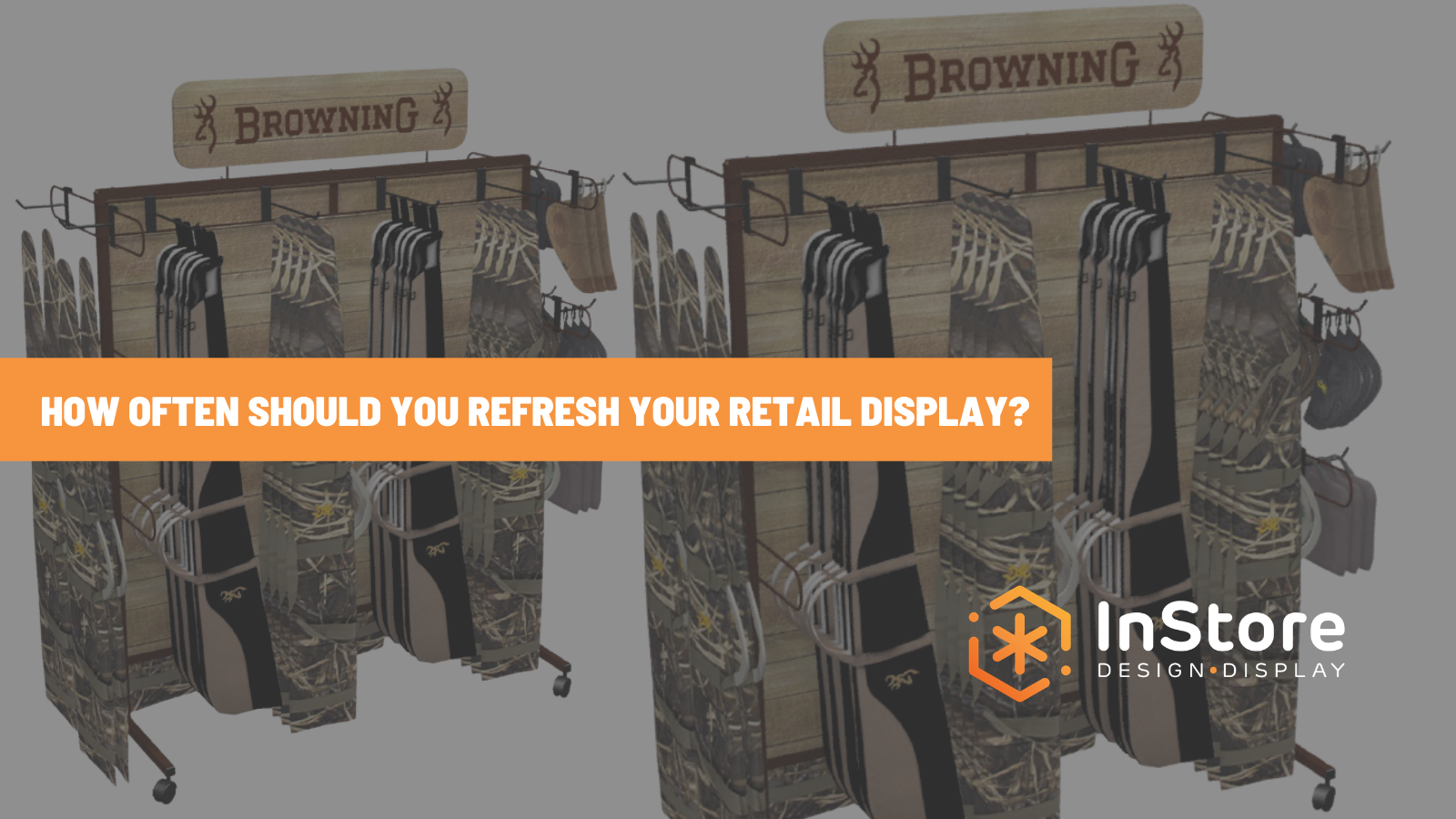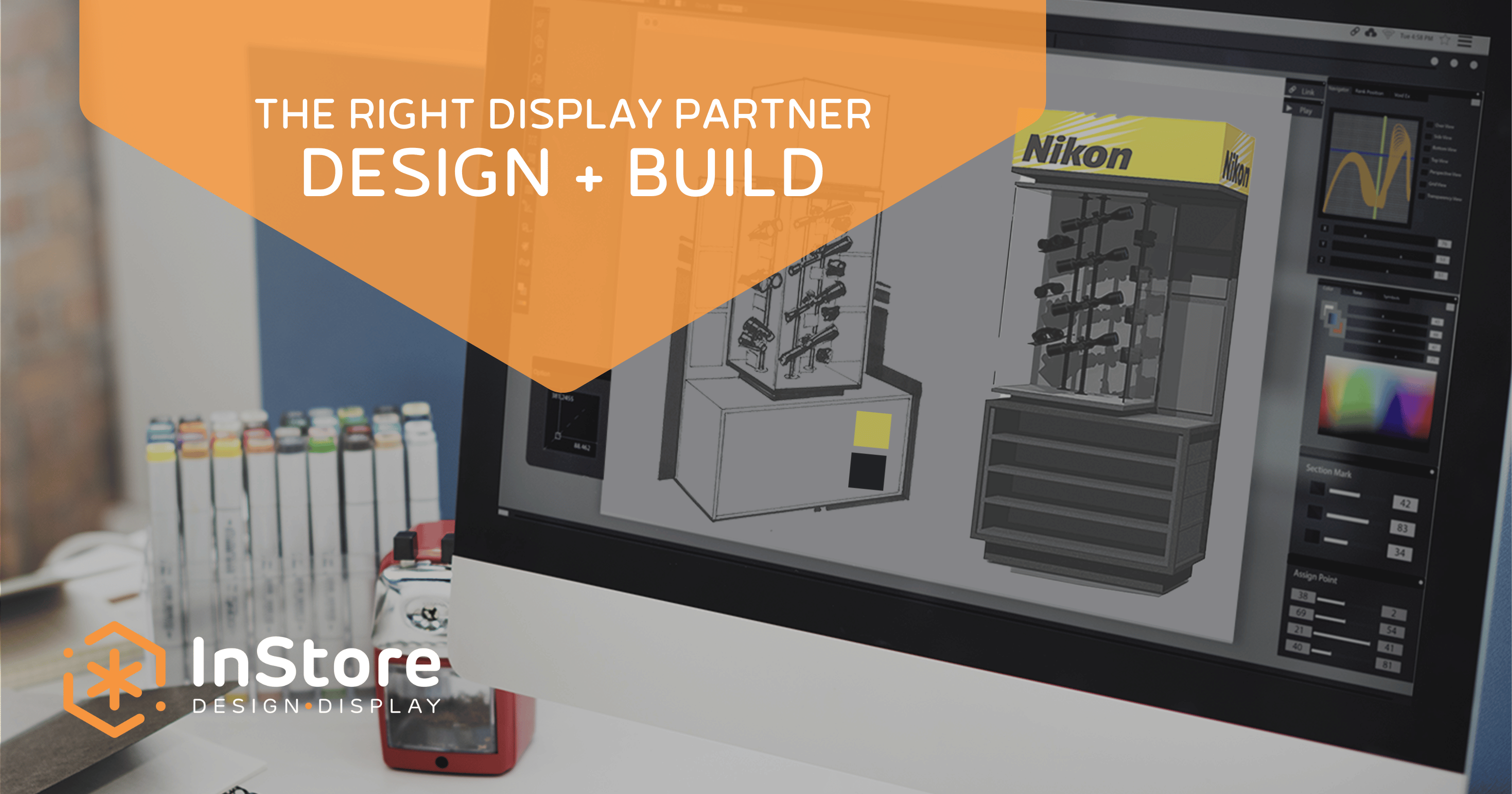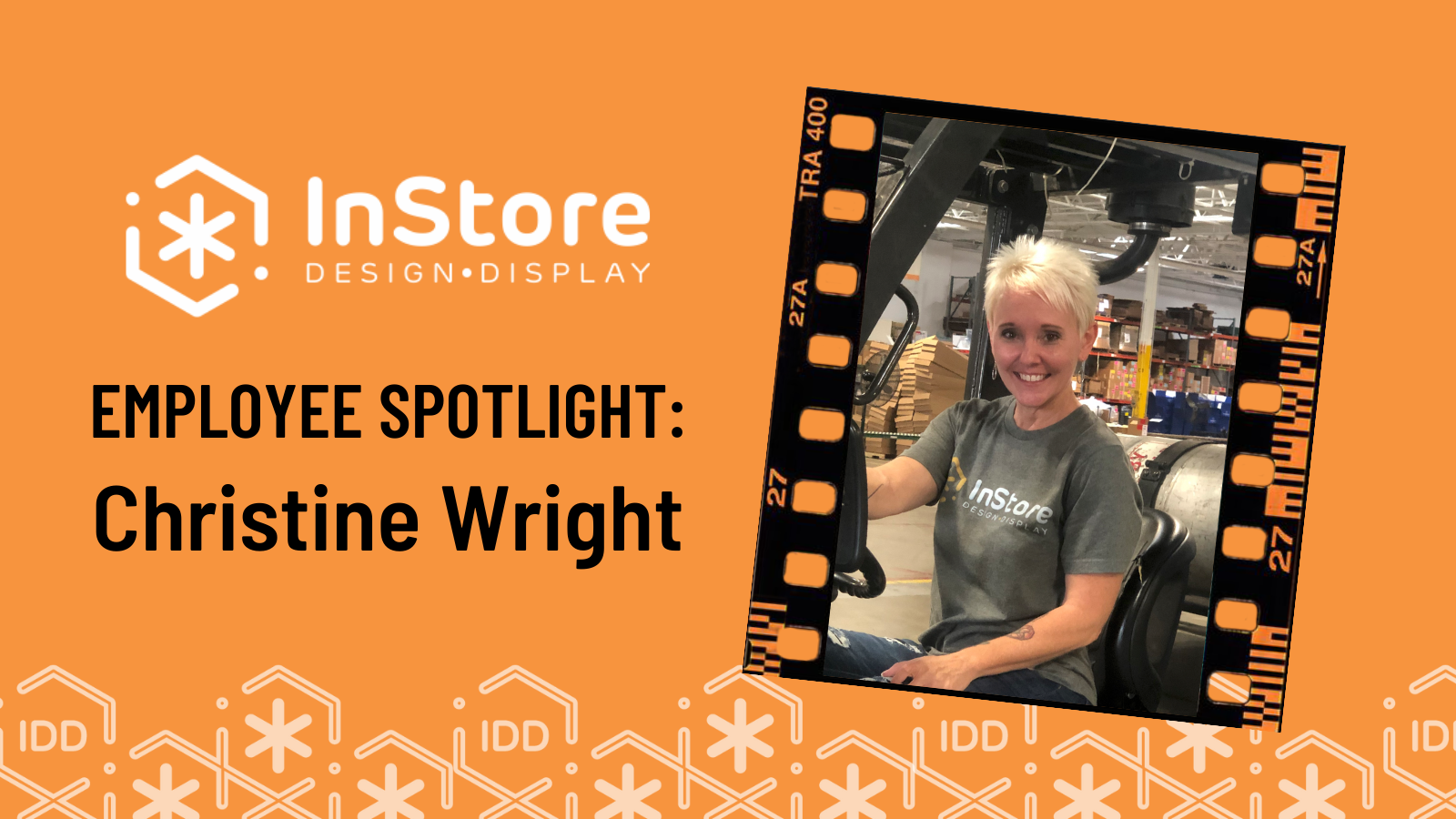
What is Co-Packing?
When you prepare a national campaign rollout for your retail products, there are many steps to go through to get your display in-store, especially when your products are going into multiple retailers. Each retail store has different requirements, from box labeling to pallet grade to setup instructions and floor placement. It’s very easy to make mistakes when you don’t work with a company that specializes in store-level execution.
That’s why so many brands turn to InStore Design Display to help them navigate this process. In this article, we’ll define co-packing, walk through an example of the steps involved in the process, and provide you with tips for choosing a co-packager to help you reduce the friction of getting your displays in place so your products can be purchased.
Co-packing definition
Co-packing (also called contract packaging) involves display design and manufacturing, assembly of product into the display, fulfillment, ship testing, and distribution of retail products.
Co-packers make it easier for brand managers to focus on their initiatives and spend less time juggling vendors, battling consistency, and stressing about timelines.
What are the benefits of co-packing?
There are numerous benefits of working with a co-packer rather than handling all the steps in-house. They include:
Expertise. Retailer requirements are complex and always changing. Having a co-packer experienced in store-level execution across many types of retailers means products move more seamlessly to their destinations. Effective co-packers stay abreast of the latest developments in retailer requirements, so brand managers don’t have to.
Cost optimization. Co-packers are masters of the science of preparing products for distribution at scale. As such, they’re able to be more efficient and cost effective. Fewer vendors are needed when a co-packer is involved, leading to improved communication and consistency.
More scalable. If brands are looking to increase the number of retailers that sell their products, co-packing is a viable growth strategy. Brands gain dedicated physical warehouse space, which means they are not limited to small production runs.
What to expect when working with a co-packer
Here’s a snapshot of InStore Design Display’s approach.
- Meet with brand managers to understand project requirements and the scope of work. We ask questions about the timeline, budget, and more to create a project plan that adheres to retailer requirements.
- Identify all components of the production and fulfillment timelines.
- Evaluate shipping methods to determine the greatest efficiency.
- Produce a sample pack out to make sure it matches the brand specifications with retailer requirements.
- Test shipping to work out any kinks before launching the full co-packing process.
Tips for choosing a co-packer
Ask about their expertise.
Every co-packer has their own expertise or niche and experience with retailers of interest. Brand managers will be more likely to find success with their projects when they partner with a co-packing company that is familiar with projects like theirs.
Ask how they manage the process.
While it may not be a deal breaker if your potential co-packer outsources part of the process, an "end-to-end" solution can dramatically cut costs and reduce the time it takes to create a final product.
An end-to-end solution typically covers every aspect of the fulfillment process under one roof from start to finish, including:
- Design engineering. A strong design team can take your vision and develop creative solutions that meet the needs of your brand and budget.
- Packout sample. It’s one thing to see your design on a computer screen and another to hold it in your hands. A sample helps you define what you prefer and what needs improvement before it’s completed.
- Ship testing. Rigorous testing of your packaged product ensures it holds up to the elements and the wear-and-tear of shipping and handling.
- Production management. A dedicated project manager at your co-packing company ensures all logistics move smoothly from start to finish on their end.
- Transportation management. Reliable, safe, and transparent shipping costs are a must. Also, it's essential to analyze capacity and schedule oversight across all modes of transport (international air/ocean, white glove, parcel, LTL and TL).
Consider your co-packer’s location.
When you’re shipping physical retail goods, location matters. The speed and expense of the logistical side of production largely depend on your co-packer’s location. Serious delays, unnecessary expenses, and customer dissatisfaction can happen when product fulfillment has to travel across the country. Picking a co-packer centrally located in the United States optimizes costs and time to market.
IDD is a strong choice for a co-packing partner because we’re located in the heart of the Midwest. This gives us the unique ability to provide the most cost-effective rates for businesses on both coasts.
Ask about logistics and transportation management.
Who is going to be handling logistics for your project? If you don’t have someone on your team to manage aspects of warehousing, transportation, and delivery, choose a co-packer who can help keep logistics on track.
InStore Design Display’s 80,000 square foot facility in the Heartland USA offers a centralized location for both housing and distributing your products. Daily pickups from FedEx, UPS, and a host of specialized freight companies mean your brand makes it to market faster and at a better price.
Ask for customer testimonials.
The fastest path to figuring out if a co-packing service is a strong match for your needs is to get in touch with the co-packer's clients. Ask if you can be connected with two or three clients to get a feel for what it’s like to work with your potential co-packing partner.
Golf Pride, Elanco, Husqvarna, Pax, Spypoint, Pradco Hunting, and more have hired InStore Design Display to manage their co-packing needs. We’ve been in the industry for decades, and we’d love to help you with your co-packing projects. Contact IDD for a consultation now.
Subscribe Here
Stay up-to-date on what's happening on our podcast and blog.



